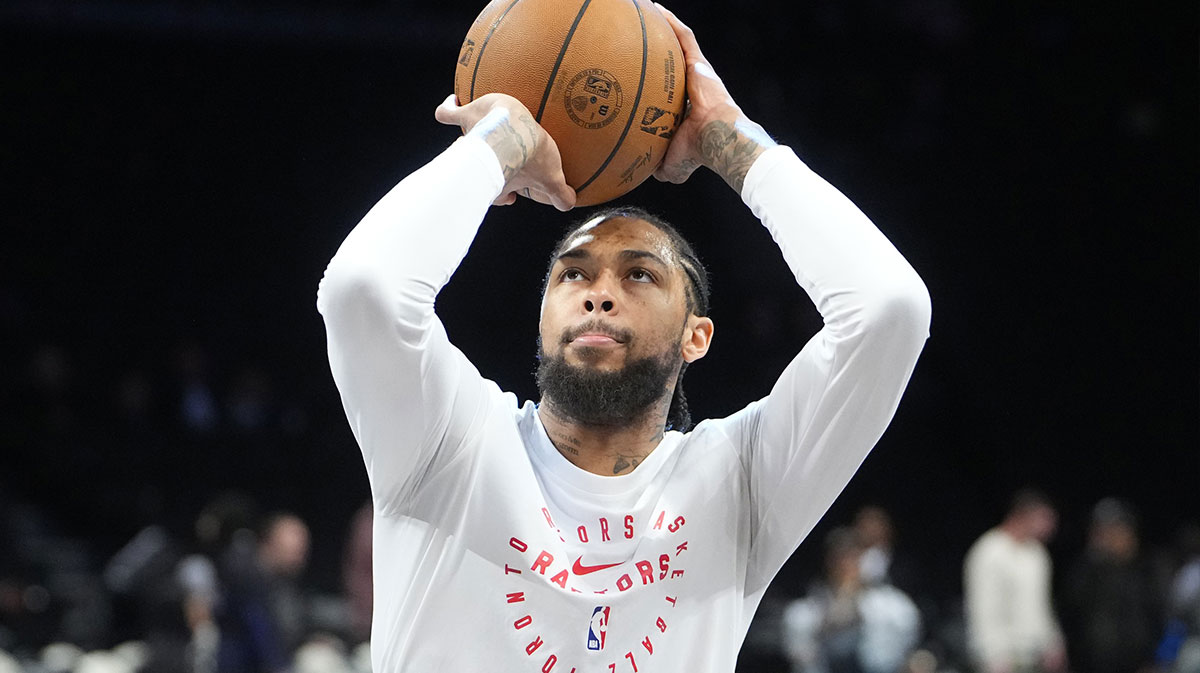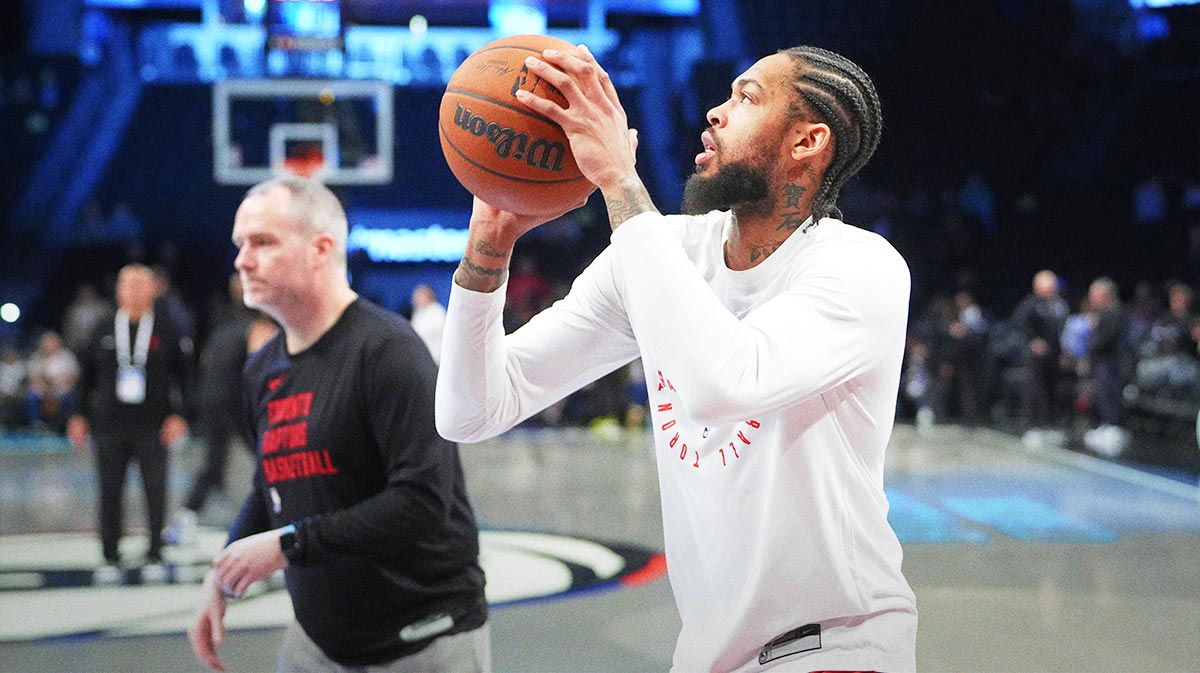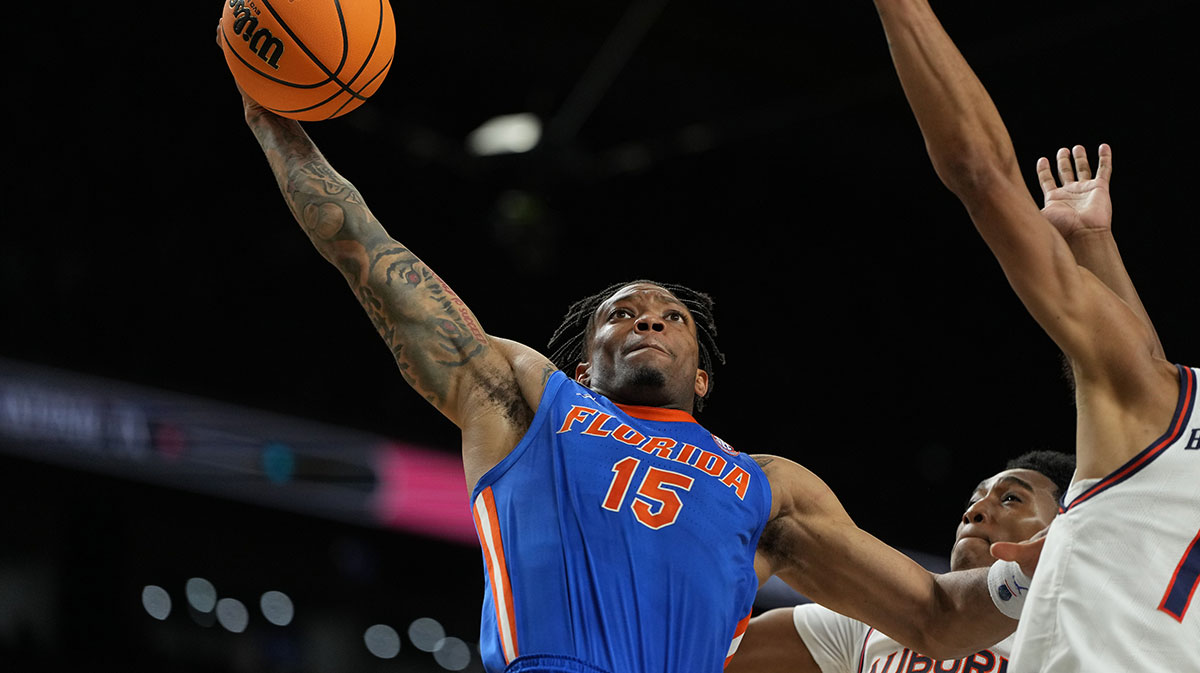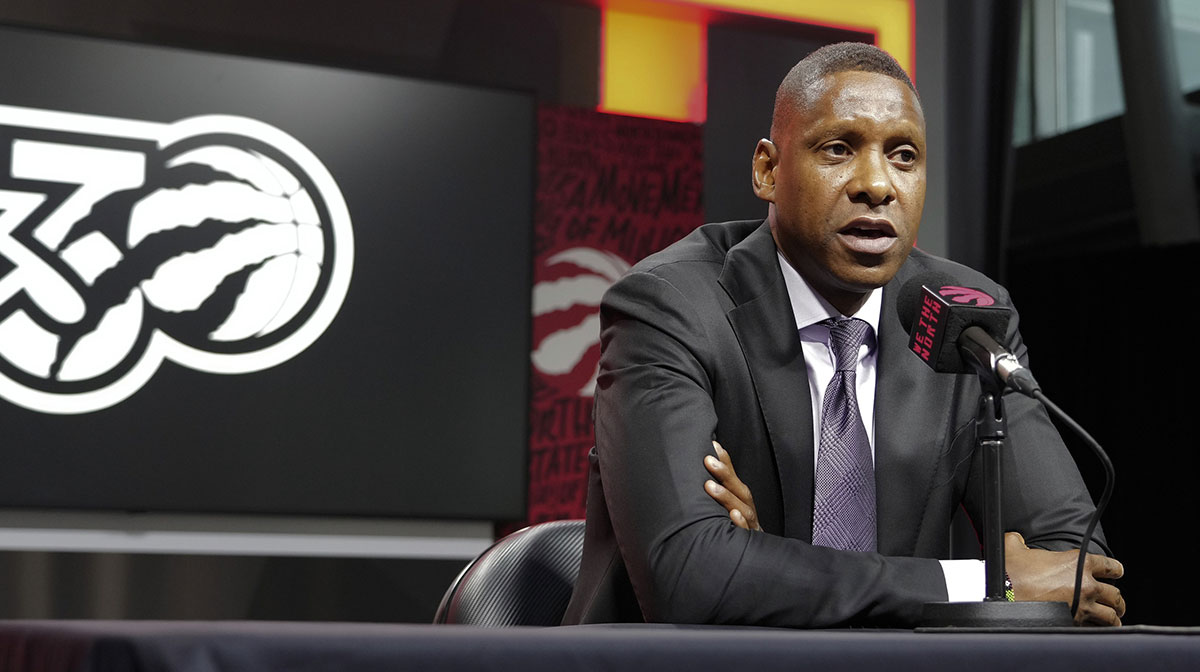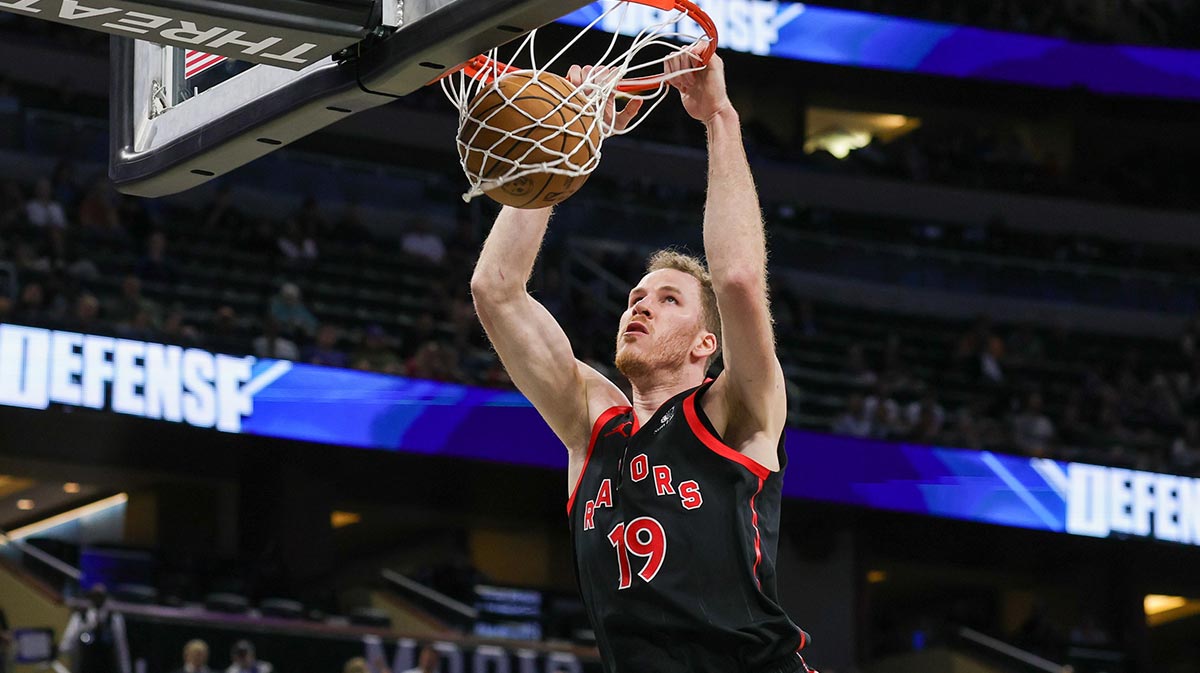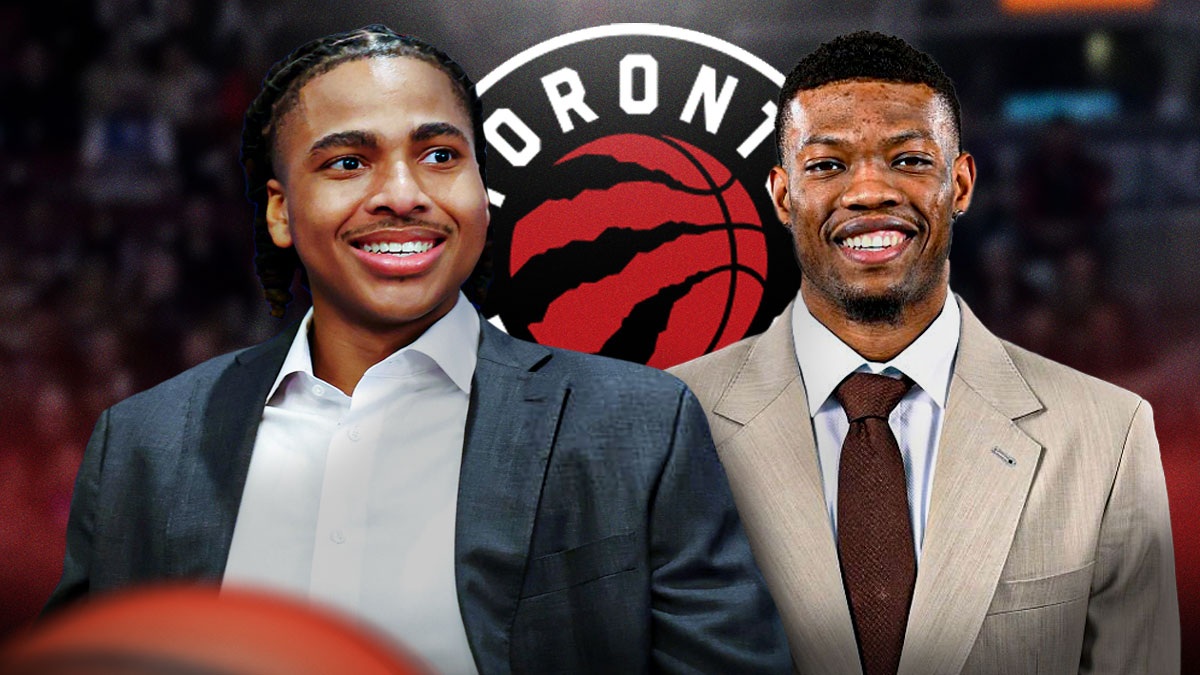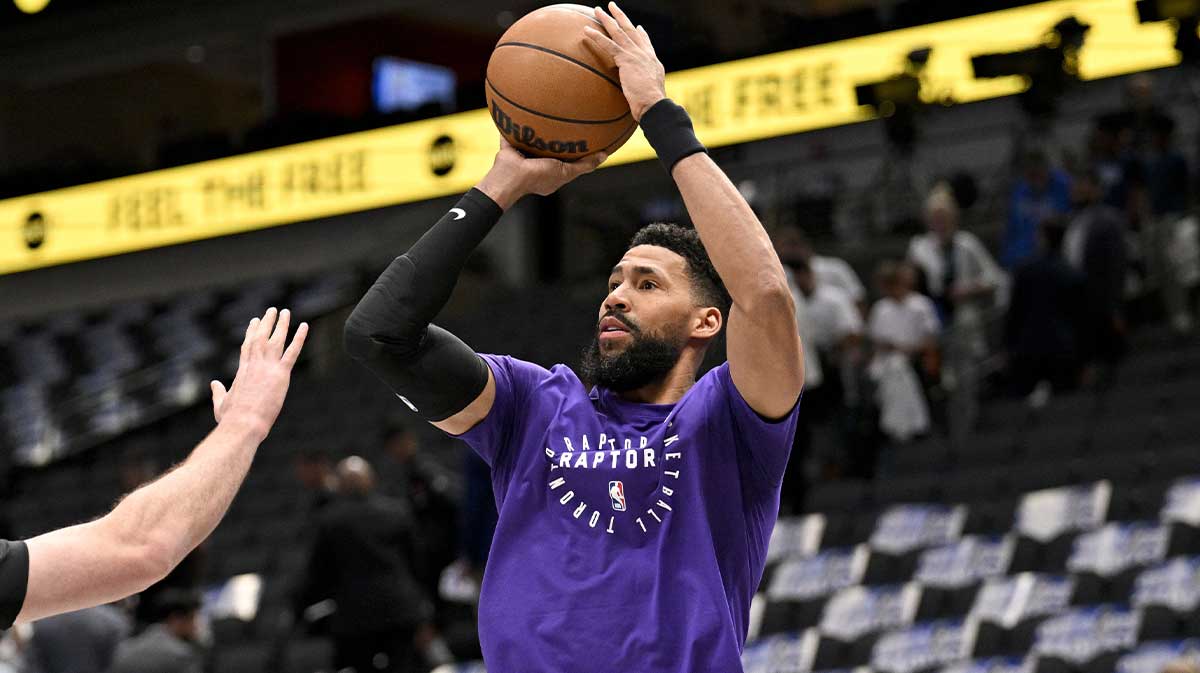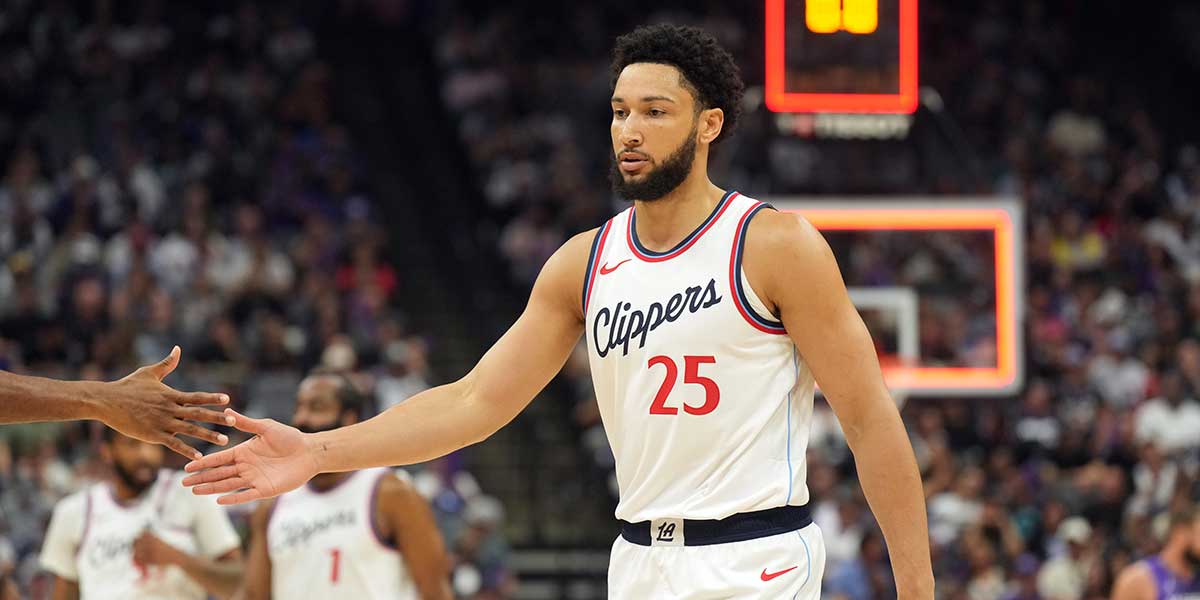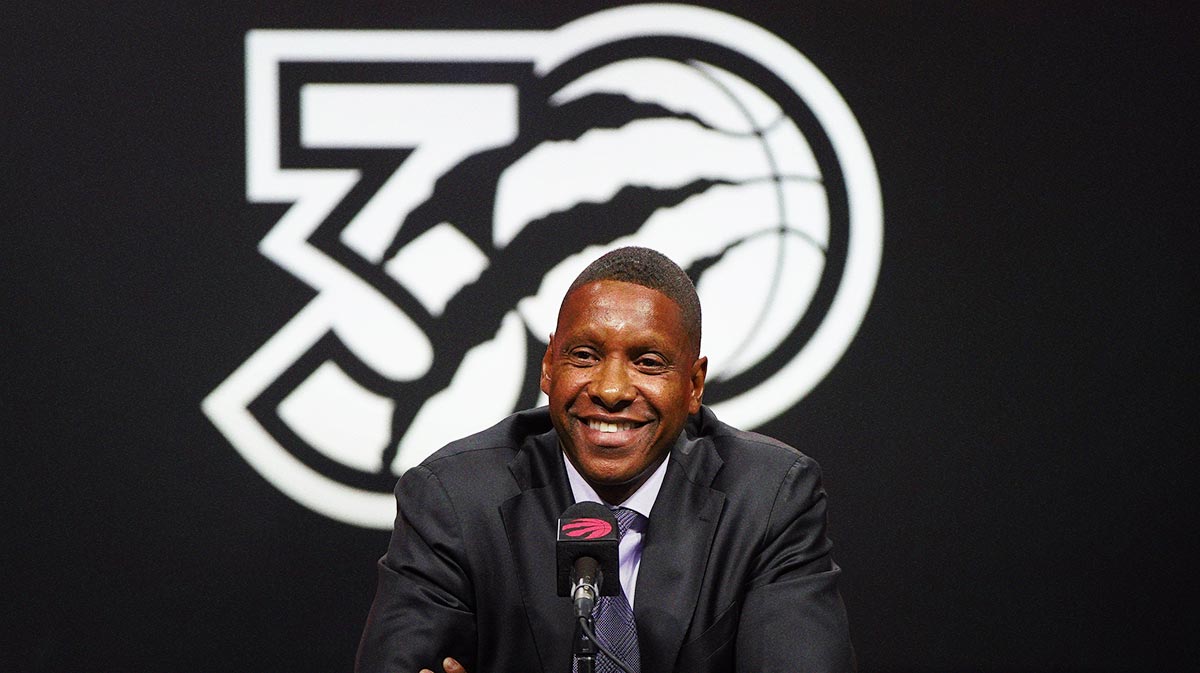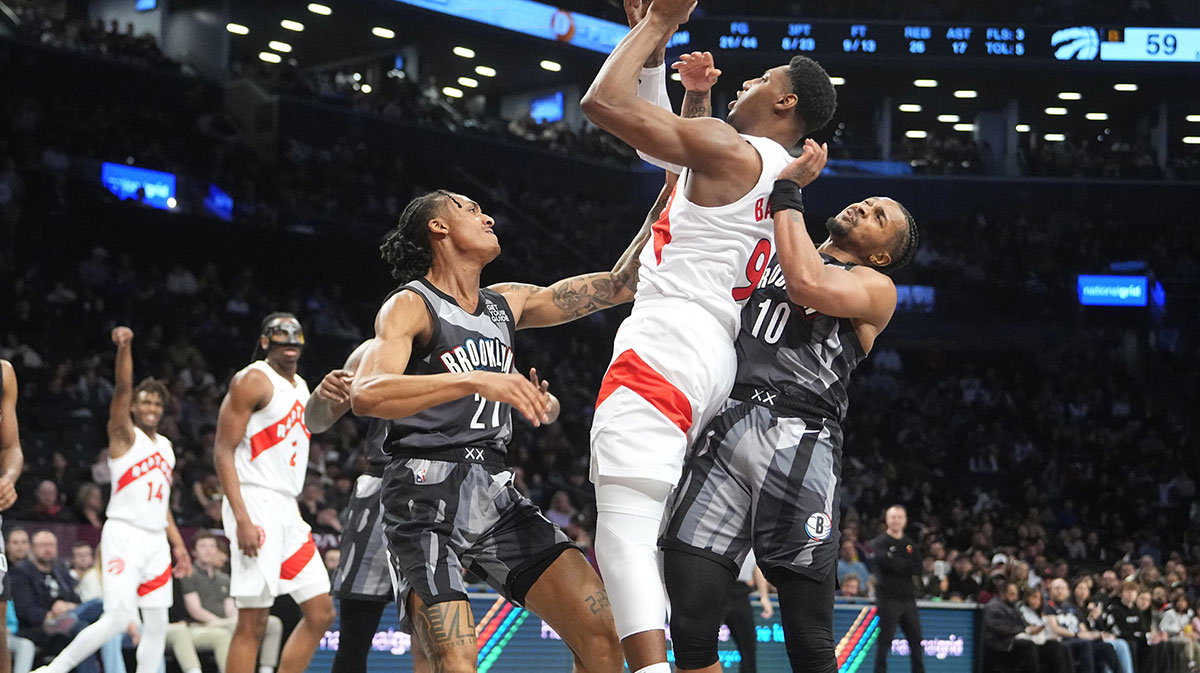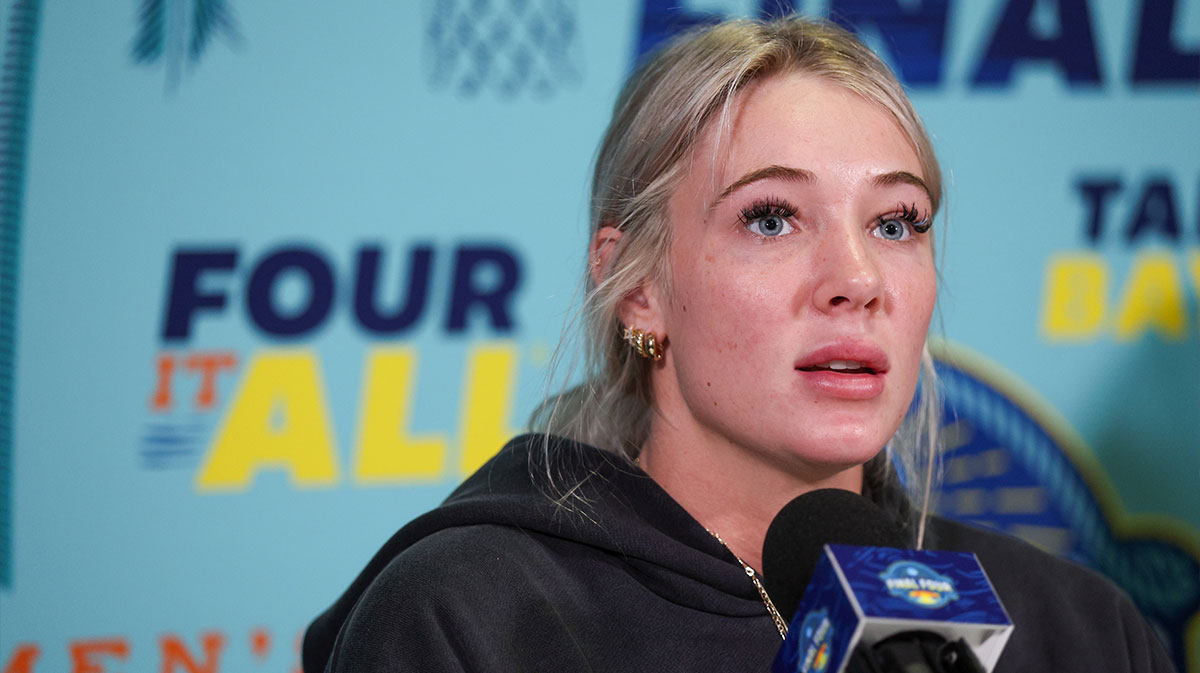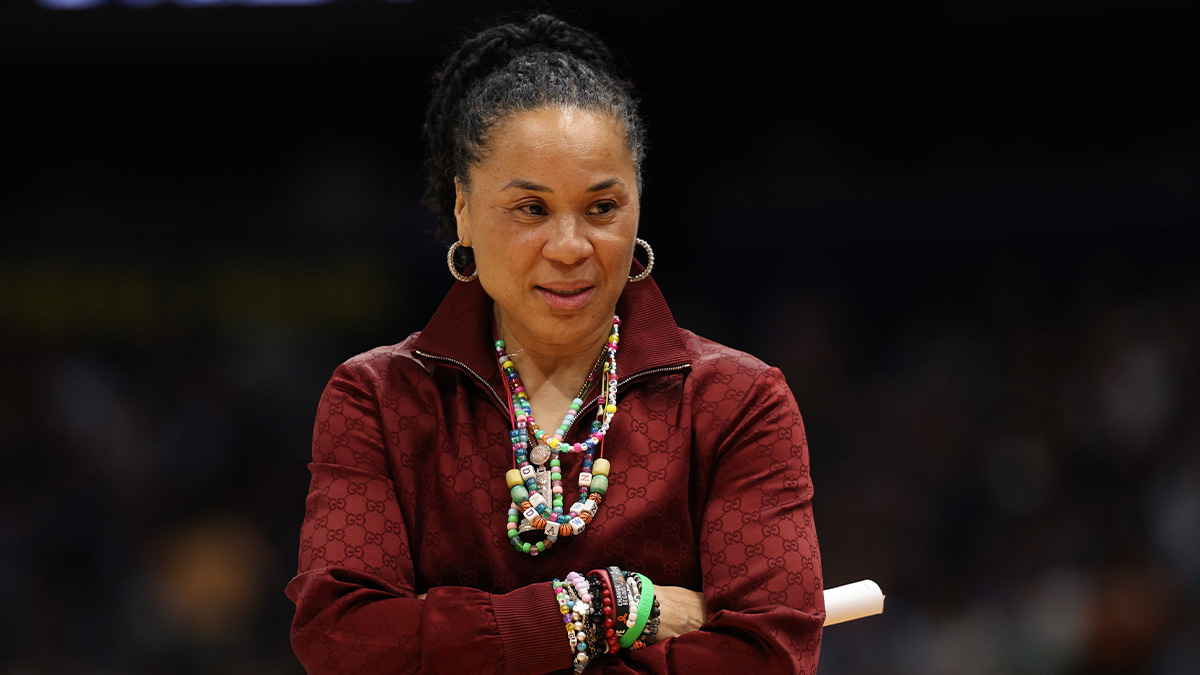For years, the Toronto Raptors were constrained by equal parts flawed talent and the presence of LeBron James. Though it'd be unfair to blame former head coach Dwane Casey, he was the one who paid the price. With James gone and an upgraded roster, the Raptors opted for a proactive approach.
In many ways, the Raptors were defined by LeBron James. It was Casey's work as a defensive assistant with the Dallas Mavericks to dismantle LeBron James and the Miami Heat in the 2011 NBA Finals that compelled Toronto to hire him in the first place. Though the Raptors improved steadily on both ends of the court, it was James who repeatedly sent them home.
Last year, the club seemed on the verge of finally breaking through, finishing second in league-wide offensive rating, fifth in defensive rating, and the first overall seed in the Easter Conference playoffs.
Then, the postseason happened.

After years of the Raptors' offense collapsing in the playoffs, last season it was the defense that faltered. The scheme that resulted in the best defense in franchise history proved too exploitable against the genius of James and Toronto finished its postseason run with a defensive rating of 112.5, the third-worst mark of all playoff teams.
In the regular season, the Raptors’ defensive strategy worked wonders because they were able to hide poor defenders like DeMar DeRozan or C.J. Miles and either force opponents to shoot contested threes, tantalizing midrange jumpers, or try their hand at overcoming a big at the rim, all while doing a fair amount of switching (especially off-ball). But when the playoffs came around, the Cleveland Cavaliers found ways to continually coerce switches to get the match-ups they liked. Simply having a player such as DeRozan on the floor proved to be a deadly crack in the wall that would cause the entire building to collapse.
Now, such cracks no longer exist. At least, not to the same extent.

In the blockbuster deal that sent DeRozan and Jakob Poeltl to the San Antonio Spurs, Toronto acquired two-time Defensive Player of the Year Kawhi Leonard and another stalwart perimeter defender in Danny Green. Slide those two into Casey's defensive scheme and the results would undoubtedly improve by simple virtue of the newcomers’ ball-hawking gifts. Still, keeping things exactly the same would underutilize the roster's potential.
Rather than relying on LeBron's absence to push through what it already created, the Raptors decided to use the opportunity to forge a new identity.
Conservative schemes still allow certain elite players to dictate the match-ups as LeBron James did. With better talent, new head coach Nick Nurse wants to be aggressive in setting the terms of the game.
When asked if there would be a specific emphasis for the defense in 2018–19, Nurse told the Toronto Star:
“We’re really going to make it a focus of trying to create more turnovers.”
Nurse’s claim his team should look to create more opportunities to get into transition is not unfounded.
Last season, the Raptors’ defensive scheme simply didn't create many opportunities to get out and run. Toronto’s style was conservative, especially on-ball, where the primary defender was tasked with fighting over screens and staying with their man as often as possible, particularly in the pick-and-roll. In such cases, the Raptors’ big would drop back, denying the pass to the roller, ready to spring out to contest a midrange pull-up or otherwise stay vertical beneath the rim.
The Raptors managed stops more often than not but they were rarely able to get out into transition without meeting at least some level of resistance. With fewer teams choosing to crash the offensive glass in favor of stingier fast break defense, schemes such as Toronto’s, which rely heavily on defensive rebounding to end a possession rather than generating a turnover, sacrifice the transition game for more half-court play.
Toronto was a middling team (13th) in terms of pace last season and the Raptors were really a tale of two lineups when it came to getting out on the break. The starters ranked 27th in opponent turnover percentage out of 29 lineups with at least 300 minutes played. When they did have chances to run they capitalized, ranking fifth in the league (again, at least 300 minutes) at scoring off of turnovers.
The Bench Mob, on the other hand, ranked 12th in the league (300 minutes) in opponent turnover percentage but merely 24th in capitalizing off of opponents’ missteps. Surprisingly, they also played at a slower pace than the starting group, especially after the All-Star Break.
Adding Leonard and Green to a host of other plus defenders allows more versatility than the Raptors have ever had. Nurse will have a bevy of stifling defensive lineup options while simultaneously holding ground offensively. A Wright-Green-Leonard-OG Anunoby-Siakam unit, for example, could be a fun experiment full of athleticism, length, and switch-ability in short stints.
Whatever group is out there, it’s likely Nurse is going to have them play with increased aggression on and off the ball in order to raise their chances of creating an on-ball turnover or disrupting passing lanes. The team may attempt to trap more on the perimeter (something they all but abandoned last season) à la the aforementioned James-era Heat since they now have the athletic, active defenders and depth to do so at a higher level, rather than just maintain single coverage as they did last season.
The most notable change may come in how Nurse has the Raptors’ big men defend the pick-and-roll. Rather than dropping back and baiting the ball-handler into pulling up or driving to the rim, which does little to pressure a bad pass or a dribble into active hands, it wouldn’t be a surprise to see the bigs hedge or ice more often with the hopes of forcing a poor decision.
In this case, the Raptors would have to be prepared to cover the dive to the basket from the roll man as well as have someone on the glass in order to give their big time to recover (Jonas Valanciunas in particular is not fleet-footed), but the escalated movement and risk could prove to be the ticket to opening up that desired lethal transition attack.
Of course, no matter what sort of scheme Nurse chooses to go with, he’s blessed with a roster capable of a switch-heavy game plan (the likes of which many teams now employ) or a less switch-focused one. For someone so creative, the number of defensive options and therefore tactical advantages must seem limitless.
That’s a luxury Dwane Casey never had.
Despite the ultimate shortcomings of last season, one would be remiss to ignore the fact Casey built a very good defense from the personnel he was given. It might not have been the best possible defense, but it was still a good one, and that matters.
Now, Nurse has a chance to carry on what Casey left behind and improve upon it with the help of some new faces. With any luck, he’ll manufacture a defense that will not only be sweltering in the regular season, but in the playoffs as well.
Figuring out how to get to that point is going to take patience, experimentation, and a willingness to think outside the box, but much like Nurse taking the reigns from Casey, it all starts with a single turnover.
*All stats courtesy of NBA.com and basketball-reference.com

